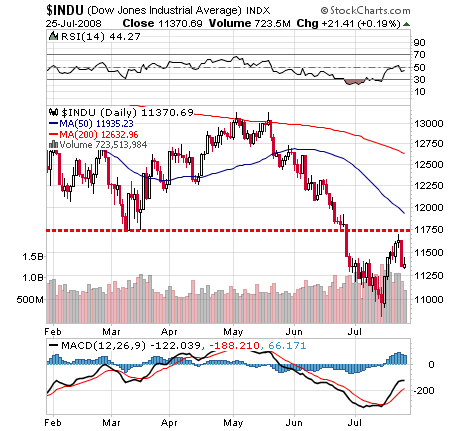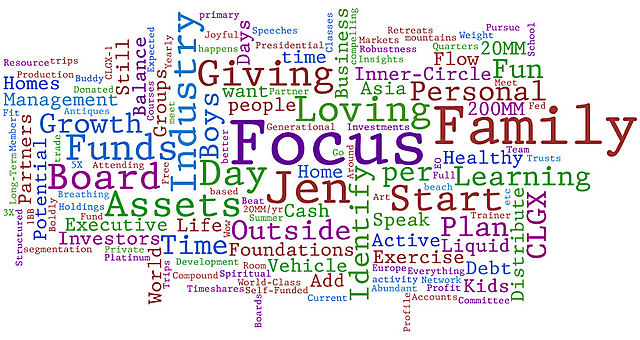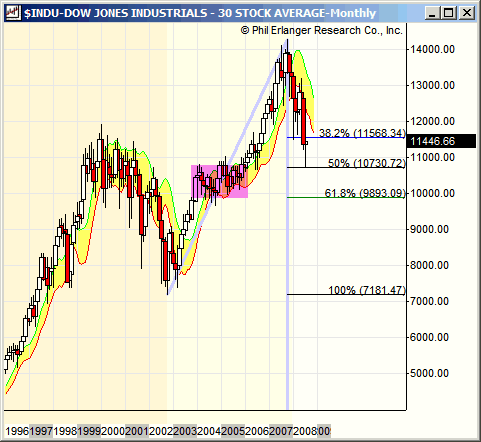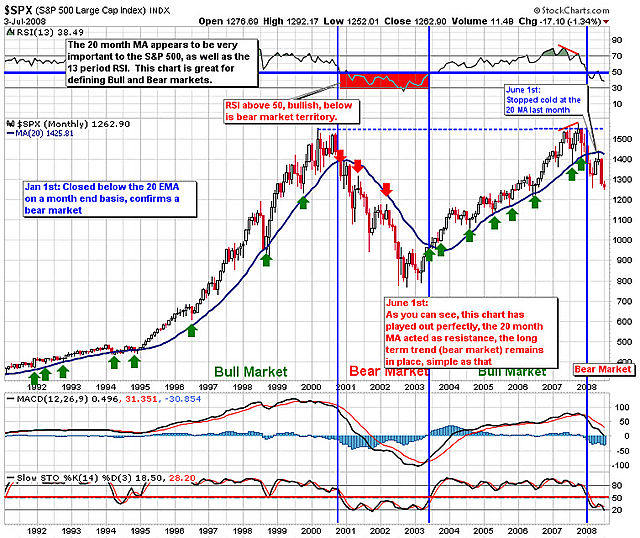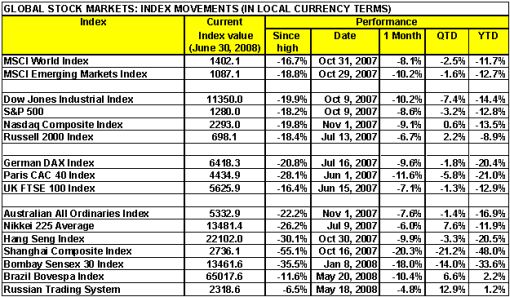Last week’s rebound off the lows held-up, and still might prove to be an important turning point for the Markets. The internals contiune to look better; and from a technical perspective there are nice positive divergences forming.
One big down day spoiled the party for the Bulls this week. However, seasonally, this is about the time to start looking for a rally.
Here are a few of the posts I found interesting this week:
- Exchanges (like the CME, which is down 43%) were hit hard by credit crisis (WSJ)
- Amazon’s Profit Doubles with rise in web services business (Seattle Post)
- Apple and Google are down; is this a buying opportunity? (WSJ)
- Trading Places: Long Energy and Short Financials – or the other way around?(Bespoke)
- CFTC study finds oil prices pushed up by supply/demand – not speculators (MarketWatch)
- The Garage Sale Indicator – Listings up 100% in May from a year ago (Bespoke)
- The Fundamentals of Market Bottoms (Aleph Blog)
And, a little bit extra:
- Is Facebook your next Portal? – They think so (BusinessWeek)


